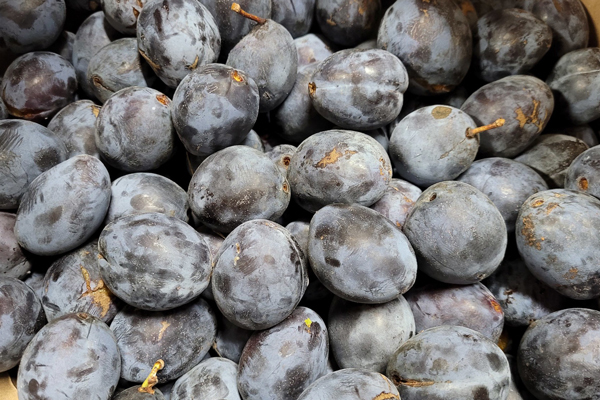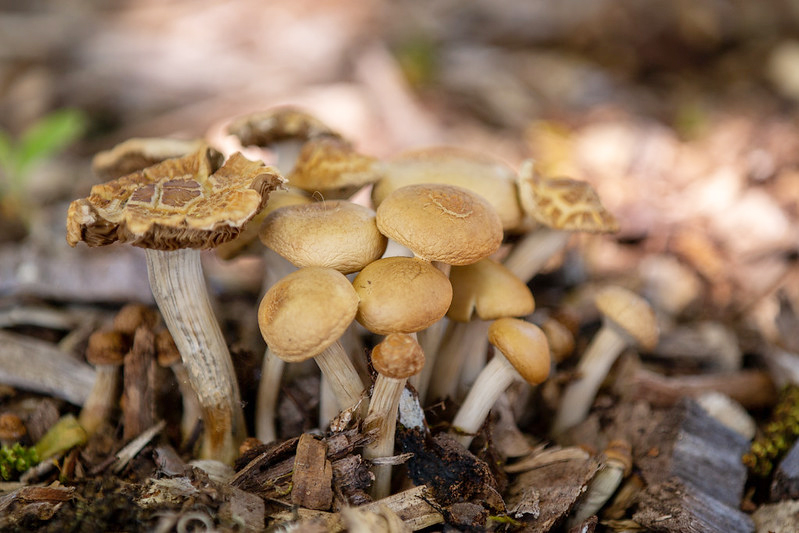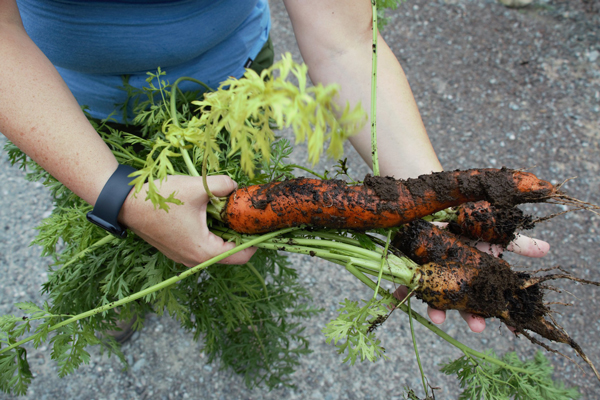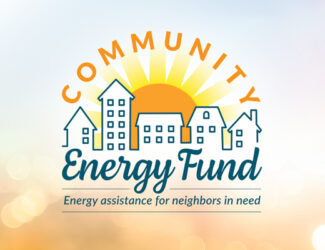
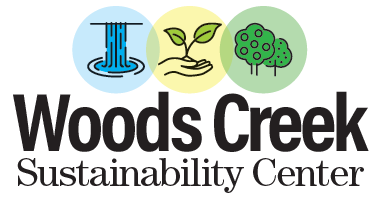
Along with being an active run-of-the-river hydroelectric project, Woods Creek is home to a sustainability center and food forest.
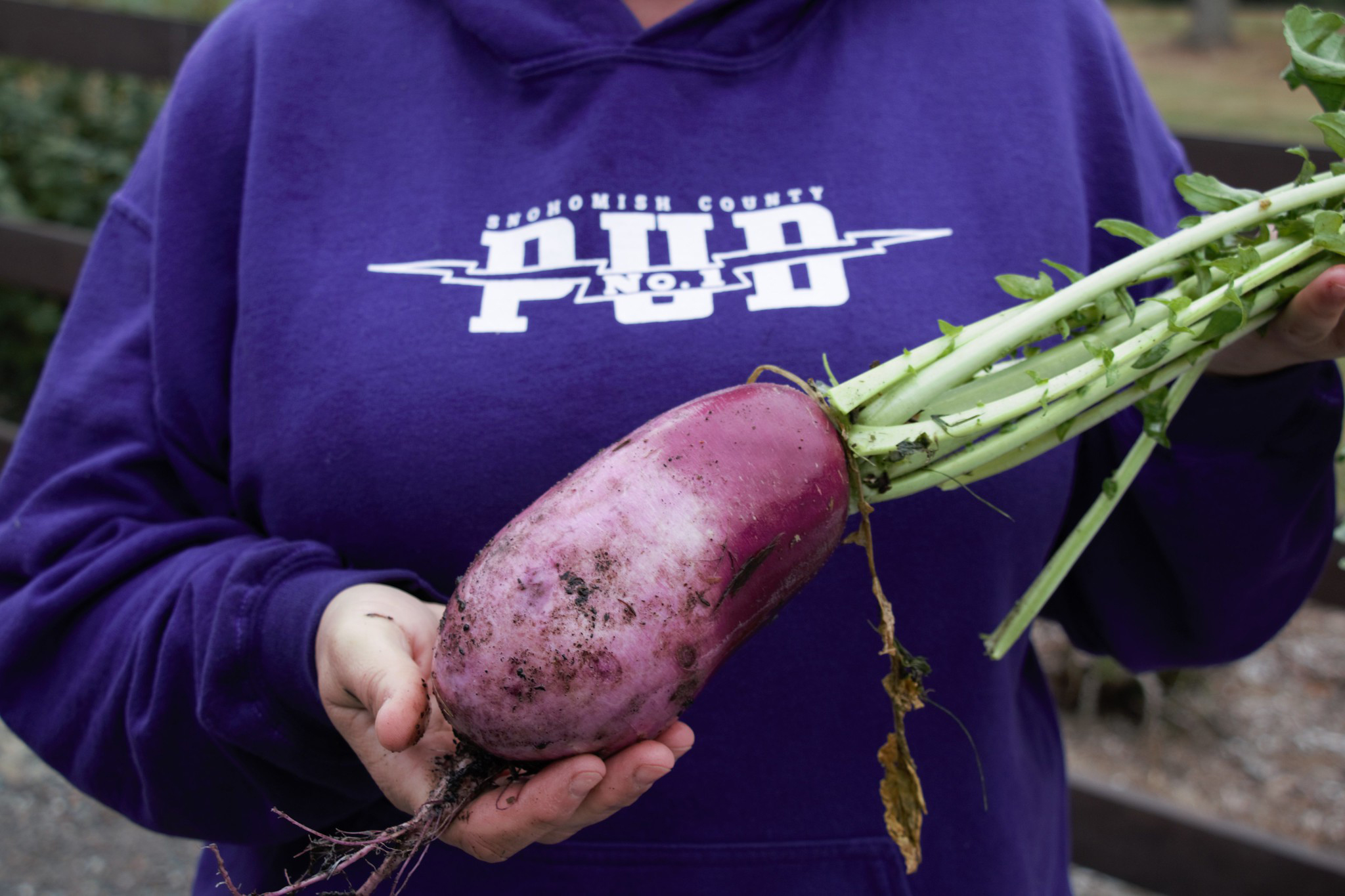
We offer regular school tours and an annual public tour. Watch for Hydropower Appreciation Day in May as well as educational opportunities for school groups.
What is a food forest?
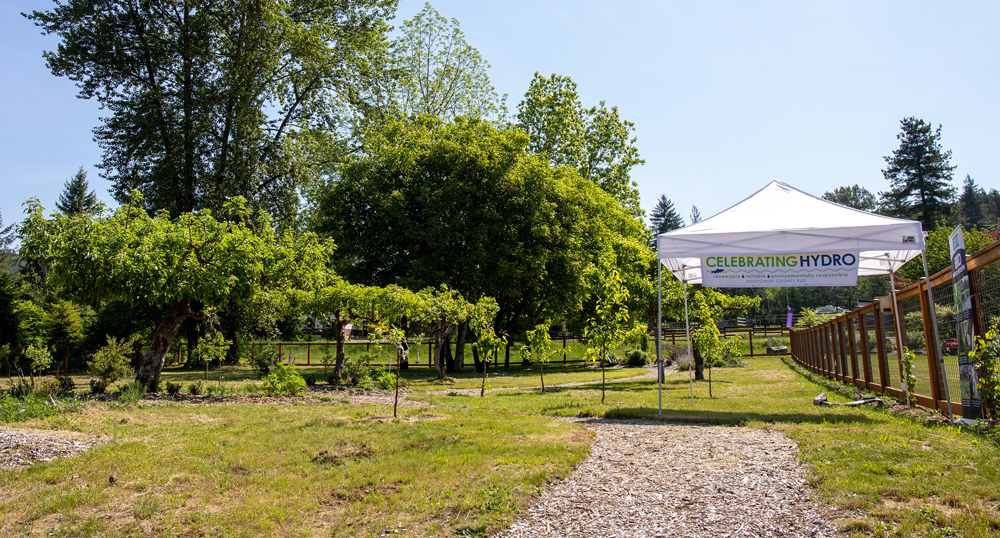
A food forest is an area where diverse plantings imitate the structure of a natural forest ecosystem. It benefits the ecosystem in many ways, including:
- Providing food sources, wildlife habitat, soil stabilization, groundwater recharge, and reduced water runoff.
- Offering biodiversity, temperature moderation, carbon sequestration, and air and water purification.
The seven layers of a food forest:
- Tall Tree Canopy: Tall trees (like nut or fruit trees) form the upper canopy.
- Low Tree Layer: Smaller trees and shrubs grow beneath the overstory.
- Shrub Layer: Low-growing shrubs provide additional diversity.
- Herbaceous Layer: Perennial herbs and above ground vegetables thrive here.
- Root Vegetable Layer: Root crops (like potatoes) grow underground.
- Ground Cover Layer: Low-lying plants cover the soil surface.
- Vine Layer: Climbing plants (such as grapevines) add vertical diversity.
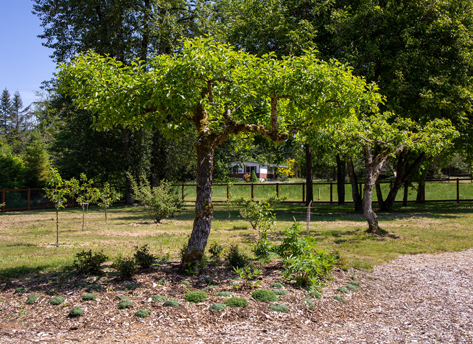 Food forests use perennial plants (which grow year after year) to produce food. These plants also act as insectaries, keeping pests away. Minimal intervention is needed once established, and they attract pollinators as well as typically needing less water than conventional gardens.
Food forests use perennial plants (which grow year after year) to produce food. These plants also act as insectaries, keeping pests away. Minimal intervention is needed once established, and they attract pollinators as well as typically needing less water than conventional gardens.
Size and planning:
- Food forests can cover many acres or just a small area around a main fruit tree.
- Like natural forests, they don’t need to be perfectly manicured.
- Consider lighting, water, soil quality, plant diversity, and food sources when planning.
By creating a food forest, you’ll enjoy its benefits for many years to come!
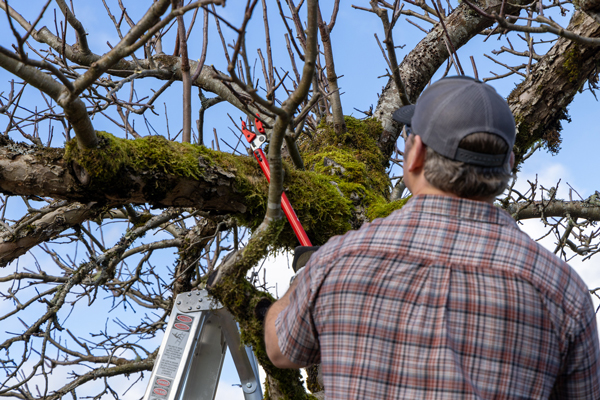
This food forest is managed by PUD staff and volunteers. All food harvested is donated to food banks in the PUD’s service territory.
